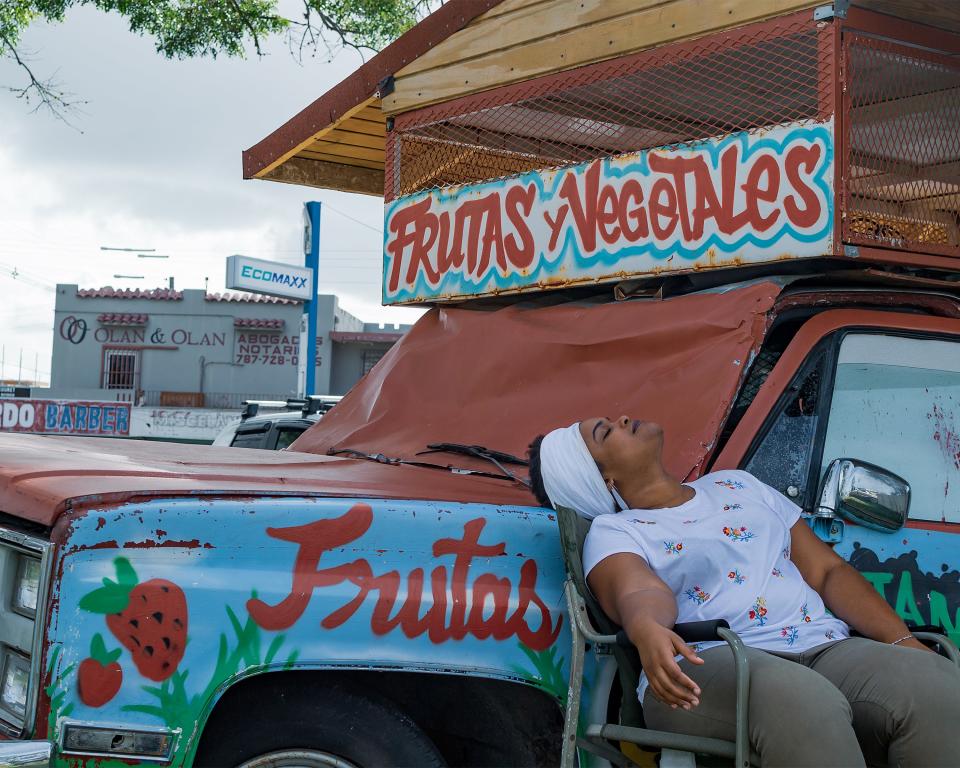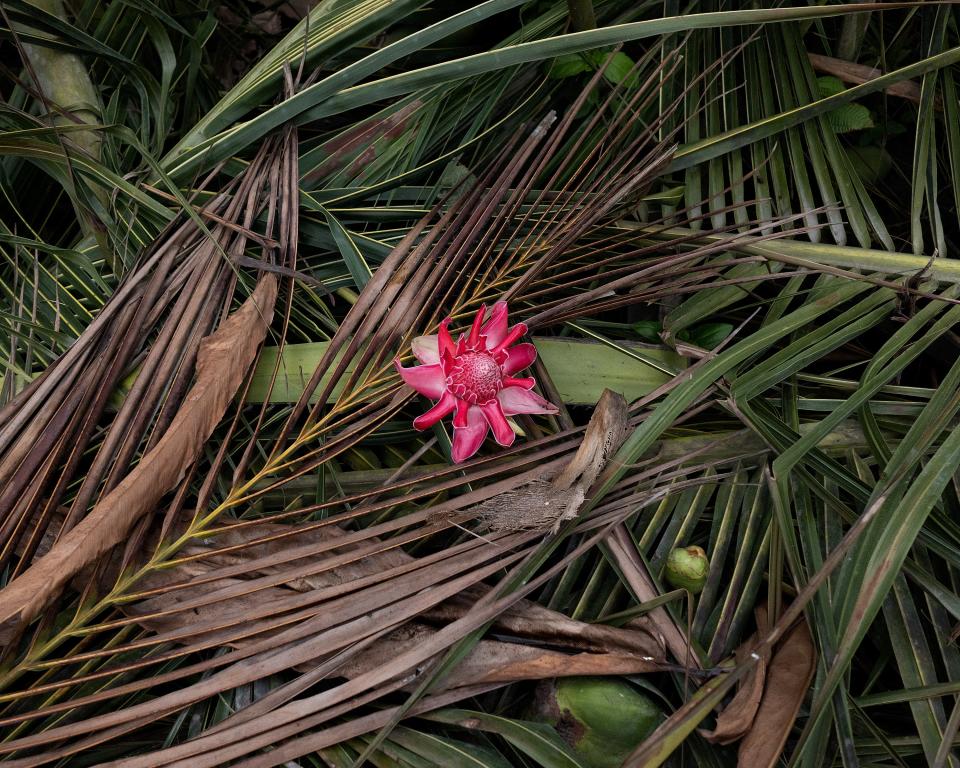How a New Print Sale Is Aiding St. Vincent’s Recovery Effort
It’s been about two months since La Soufrière, a volcano near the northern coast of St. Vincent, covered much of the Caribbean island in ash; effecting rolling blackouts and water outages and driving thousands of people from their homes. After a year in which the Vincentian economy—which relies heavily on tourism—had been devastated by the coronavirus pandemic, the situation there has been dire, and recovery slow.
This month, a small band of Caribbean artists is doing its part to help. Spearheaded by the Nevis-born photographer Kacey Jeffers, a print sale in support of the Rotary Club of St. Vincent begins today, ending on June 21.
The 8” x 10” works—priced at $75 each—run the gamut from joyful portraits to moving still-lifes, affirming not only the transcendent beauty of St. Vincent and its neighboring islands, but the talents of the creatives from that area, too. (Jeffers arranged the sale in collaboration with Diversify Photo, a New York-based collective of BIPOC and non-western photographers, photo producers, and editors.)

Ana - Con el Verbo en la Piel
Among the contributors to the sale—who include Jeffers, the Puerto Rican photojournalist Adriana Parrilla, the Bajan-born, Paris-based photographer and director Fabien Montique, and others—is the St. Vincent-based photographer Nadia Huggins, with whom Jeffers connected early on. “I had seen her stuff, and I knew that she was on the ground,” he says. “We could all rally behind her and help with the efforts to bring some relief to the people there.”
Huggins, who movingly documented the April 9 eruption on her Instagram, describes the utter surreality of that morning and its aftermath. “There was an arc of emotions in that kind of situation,” she says. “You’re staring up at this explosion in awe, which I think most of the people on the island were doing; we were all just so taken aback by just how incredible that ash cloud was going up. But I don’t think it registered with everybody that, like, wait a minute, this thing has to come down at some point.” When the ash did fall, it traveled as far as Barbados; totally transforming the Vincentian landscape. “It looked like somebody just kind of desaturated all the color,” she says.

In curating the sale, Jeffers wanted work that felt “relevant to the Caribbean—to the region, and to the spirit of who we are as people, in all of our own diversity.” The resulting collection is pleasantly varied in point of view, mixing scenes of island life with striking landscapes and fashion photography. For Jeffers and many of his peers, subverting popular ideas of what Caribbean imagery looks like has been a focus of their practice. “You look at photographers like Melissa Alcena, and in her work she is very adamant about shifting the narrative of the Caribbean as a tourism-driven place. It’s also like, hey, there are people here with real stories,” he says.
Huggins’s own contributions to the sale, both of which first appeared on her Instagram, foreground the rebirth and renewal of St. Vincent’s flora after the eruption. “I try to approach photography in a very ethical way, and I don’t necessarily believe in disaster porn,” she says. “I know that a lot of photographers put out that type of imagery to move people in a particular way into action, and I don’t think it’s necessarily how I want to frame us. I wanted to show an image of resilience and hope, which I think Caribbean people have always had throughout history.”

In Jeffers’s mind, the sale is about more than providing immediate relief for St. Vincent, although that is a priority. (Over the last two months, the Rotary Club has donated water tanks, provided local farmers with filtration systems, and assembled supplies for evacuees, among other efforts.) It has too, he feels, the potential to change how the visual arts are received in the Caribbean. “From my perspective, to be an artist here is to be at the bottom of the totem pole, as the societies tend to be very traditional,” he says. “I’m sure she’s going through a very traumatic experience, but the fact that Nadia still manages to get up and go out and heal through the process of creation is a powerful justification for why art should be more valued in our region.”
There’s also the chance that the imagery will help, in its way, to get the tourism industry back on its feet. “This sale is kind of like a tourism product, in that you can be in New York in your apartment and want a piece of the islands; and you’ll say, ‘I might not be able to go there, but I’m going to buy this picture, and I’ll look at it and think about the islands and maybe, when all is settled, I can fly there and find out more about the people.”
Both in his work and the sale, Jeffers wants to communicate something real, and leave a lasting impression. “For me, it’s very much about telling community-driven stories that connect on a human level.”
The St. Vincent Volcano Relief Print Sale runs from June 7 through June 21. For more information, visit here.
Originally Appeared on Vogue
